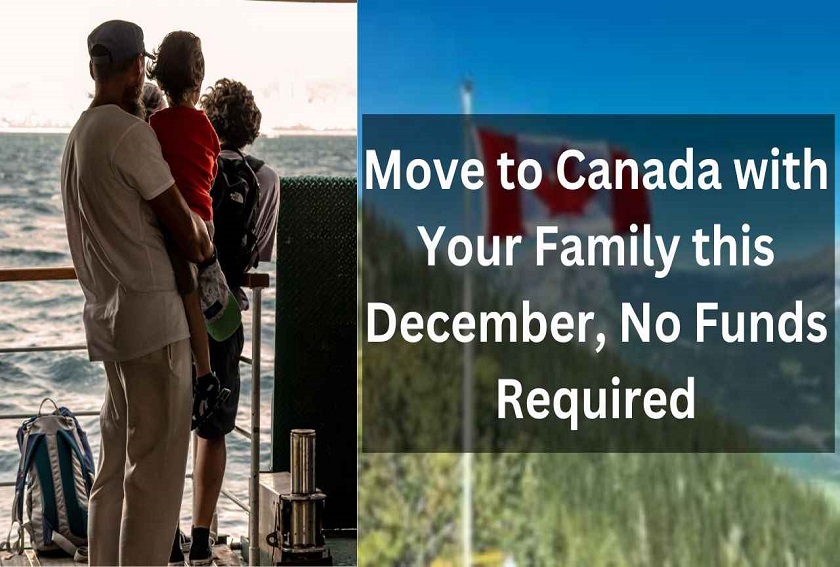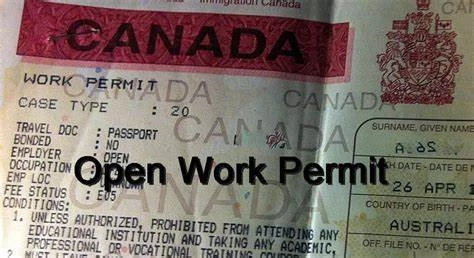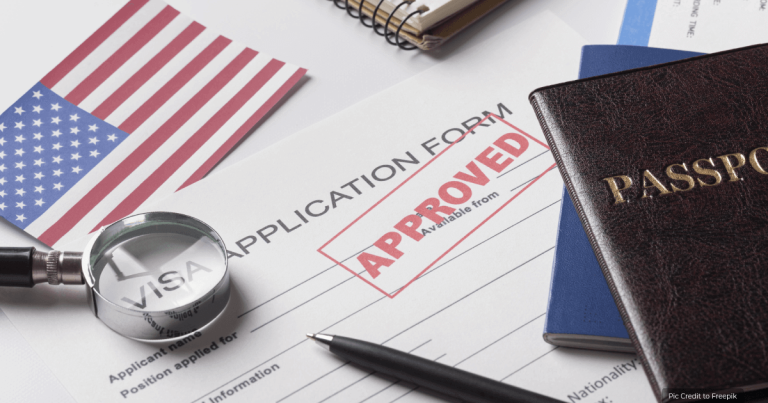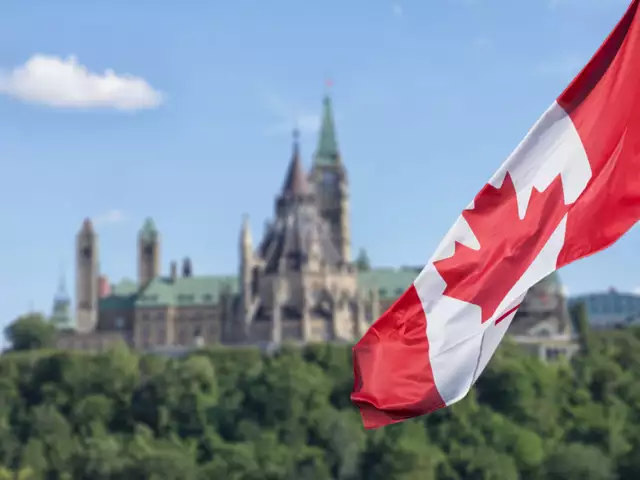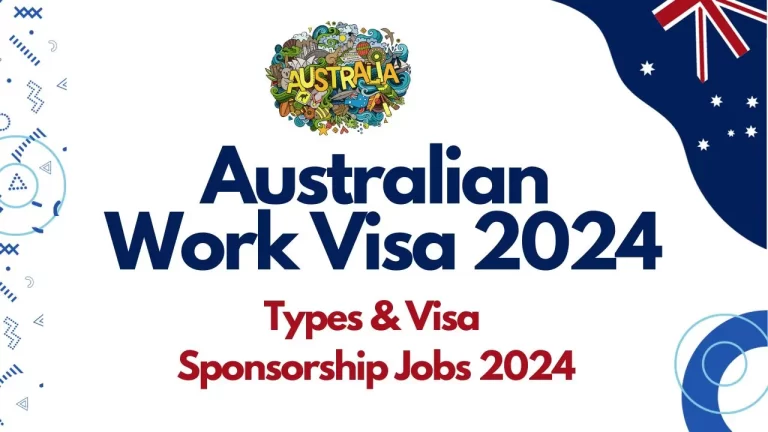How to Move to Canada with your Family And Everything You need to Know
Embarking on a journey to move to Canada with your family is a significant decision that requires careful planning and consideration. Known for its stunning landscapes, diverse communities, and high quality of life, Canada is a popular destination for immigrants seeking new opportunities. In this comprehensive guide, we’ll walk you through the essential steps, considerations, and resources to help make your immigration process as smooth as possible.
Advertisements
Understanding the Canadian Immigration System:
Canada has a well-established immigration system that aims to attract skilled workers, entrepreneurs, and families. Familiarizing yourself with the various immigration programs will be crucial in determining the most suitable path for you and your family.
Express Entry System:
The Express Entry system is a points-based immigration system that manages applications for three federal economic immigration programs:
a. Federal Skilled Worker Program (FSWP) b. Federal Skilled Trades Program (FSTP) c. Canadian Experience Class (CEC)
To apply through Express Entry, you’ll need to create an online profile, and points are awarded based on factors such as age, education, work experience, language proficiency, and adaptability. Understanding how to maximize your points within this system is key to a successful application.
Advertisements
Provincial Nominee Programs (PNPs):
Provincial Nominee Programs allow Canadian provinces and territories to nominate individuals who wish to immigrate to Canada and settle in a particular province. Each province has its own set of criteria and immigration streams, often catering to specific skills and occupations in demand within that region.
Family Sponsorship
If you have close relatives who are Canadian citizens or permanent residents, they may be able to sponsor you. Family sponsorship is a compassionate way for families to reunite in Canada. The sponsor must be able to support the sponsored family members financially.
Preparation and Documentation
Once you’ve identified the most suitable immigration program, the next step is to gather the necessary documents. This typically includes:
Identity and Civil Status Documents:
-
- Passports for all family members
- Birth certificates
- Marriage certificates
Educational and Professional Credentials:
Advertisements
-
- Academic transcripts
- Professional licenses or certifications
- Letters of recommendation
Language Proficiency:
-
- IELTS or CELPIP test results for English proficiency
- TEF or TCF test results for French proficiency
Proof of Funds:
-
- Bank statements
- Employment verification
- Property ownership documents
Medical Examinations:
Advertisements
-
- Schedule and undergo medical examinations approved by Immigration, Refugees and Citizenship Canada (IRCC)
Police Certificates:
-
- Provide police certificates from all countries where you have lived for more than six months
It’s crucial to ensure that all documents are accurate, up-to-date, and translated into English or French if necessary.
Language Proficiency:
Proficiency in English or French is a key factor in the Canadian immigration process. Applicants are required to take language proficiency tests such as IELTS or CELPIP for English, or TEF or TCF for French. Investing time in language preparation can significantly impact your Express Entry Comprehensive Ranking System (CRS) score, increasing your chances of receiving an invitation to apply.
Express Entry Profile Creation:
Creating a comprehensive and accurate Express Entry profile is the next step. This involves providing detailed information about your education, work experience, language proficiency, and other relevant details. The CRS score will be calculated based on this information, and candidates with the highest scores will be invited to apply for permanent residence.
Invitation to Apply (ITA):
If your CRS score meets the threshold set in the regular draws conducted by IRCC, you will receive an Invitation to Apply (ITA). It’s essential to respond promptly and submit all required documents within the stipulated timeframe.
Provincial Nomination:
If you are applying through a Provincial Nominee Program, you’ll need to follow the specific guidelines outlined by the province or territory. This may involve submitting an Expression of Interest (EOI) or applying directly through the provincial immigration system.
Family Sponsorship Process:
If you are being sponsored by a family member, they must submit their sponsorship application, and you must submit your permanent residence application. The sponsor will need to demonstrate their ability to support you financially, and you’ll need to meet the eligibility criteria for family sponsorship.
Arranging Settlement Funds:
To ensure successful settlement in Canada, applicants are required to demonstrate that they have sufficient funds to support themselves and their family. This is a crucial factor in both Express Entry and Provincial Nominee Program applications. The amount required is determined by the size of the family and is regularly updated by IRCC.
Biometrics and Medical Examinations:
Once you receive an ITA, you’ll be required to provide biometrics and undergo medical examinations. Biometrics can be submitted at designated centers, and the medical examination must be conducted by an approved panel physician. It’s essential to complete these requirements within the specified timeframe to avoid any delays in processing.
Waiting for Permanent Residency:
After submitting all required documents, you will enter a waiting period while immigration authorities process your application. The processing time can vary based on factors such as the immigration program, the completeness of your application, and the volume of applications being processed.
Planning Your Move:
As your permanent residency application is being processed, it’s time to start planning your move to Canada. Consider the following aspects:
- Research Your Destination:
- Learn about the city or province you’ll be settling in, including climate, cost of living, and available amenities.
- Housing:
- Research housing options and secure temporary accommodation for your arrival.
- Schools and Education:
- If you have school-aged children, research schools and begin the enrollment process.
- Healthcare:
- Familiarize yourself with the healthcare system in your destination and ensure you have the necessary coverage.
- Networking:
- Connect with local immigrant support organizations, community groups, and online forums to build a support network.
- Finances:
- Open a Canadian bank account, understand the tax system, and plan your finances accordingly.
Integration and Adaptation:
Once you’ve arrived in Canada and obtained your permanent residency, the journey is far from over. Integration into Canadian society involves adapting to a new culture, building social connections, and possibly finding employment in your field. Consider the following steps:
Language Improvement:
Continue improving your language skills through language courses or community programs.
Cultural Adaptation:
Engage with local cultural activities, events, and community celebrations.
Employment Search:
If you haven’t secured employment before arriving, actively search for job opportunities relevant to your skills and qualifications.
Community Engagement:
Join local community groups, sports clubs, or cultural organizations to meet people and build a sense of belonging.
Educational Upgrading:
Explore opportunities for further education or skills upgrading to enhance your career prospects.
Conclusion
Moving to Canada with your family is a life-changing decision that involves careful planning, thorough documentation, and resilience throughout the immigration process. By understanding the various immigration programs, preparing your documents meticulously, and actively participating in the integration process, you can pave the way for a successful and fulfilling life in the Great White North. Remember, each step is a building block towards a brighter future for you and your family in the diverse and welcoming landscape of Canada.
Advertisements

